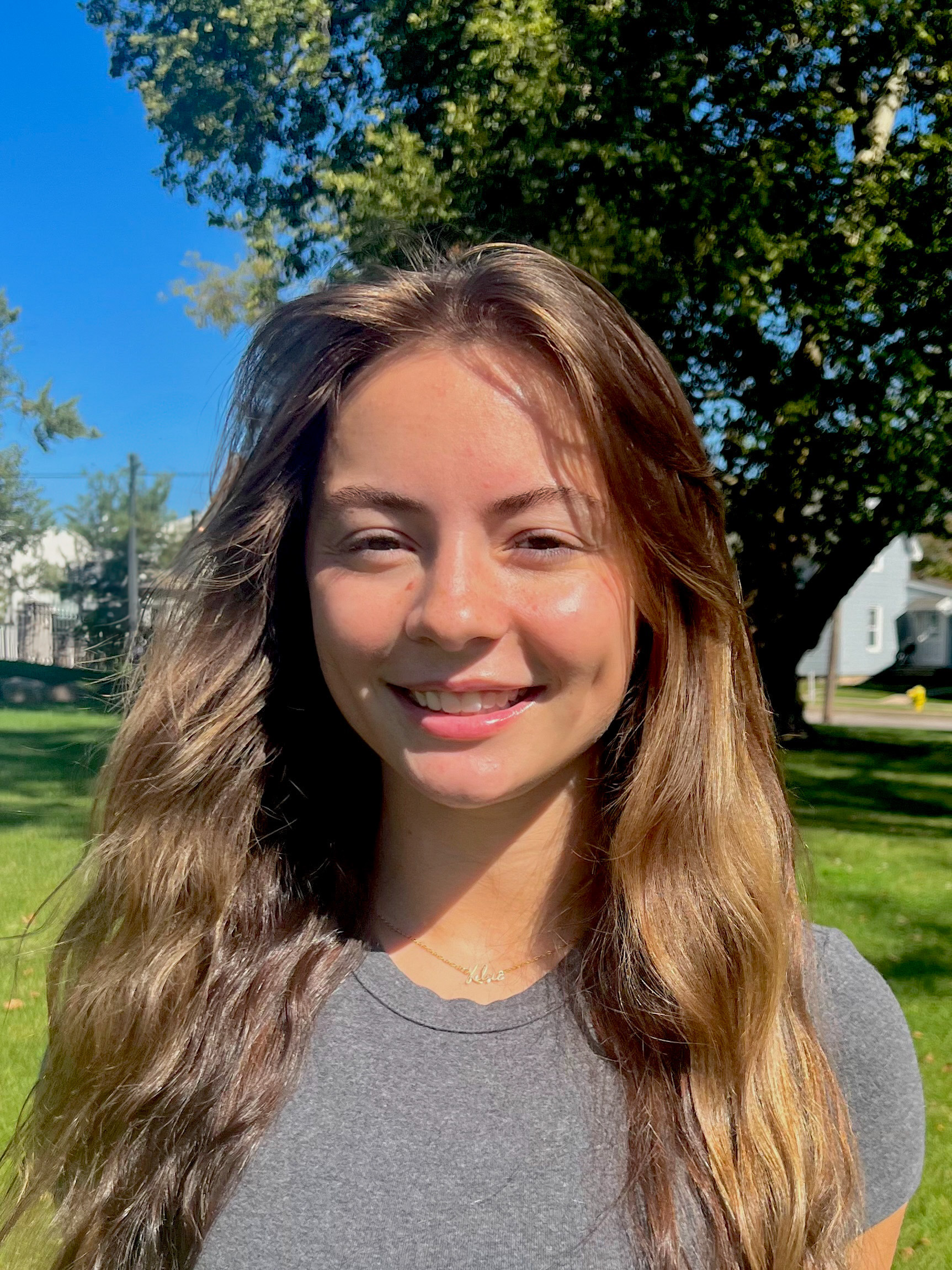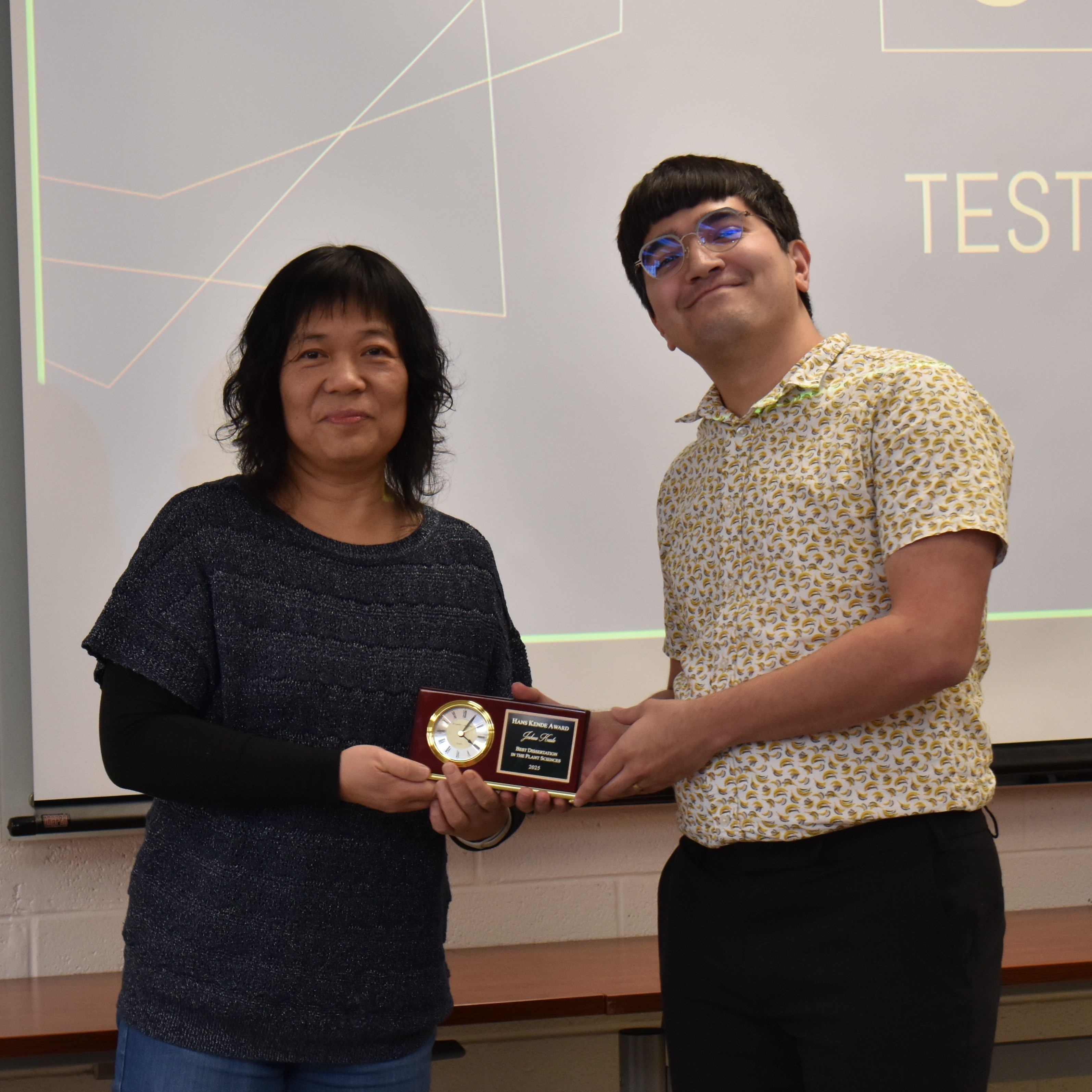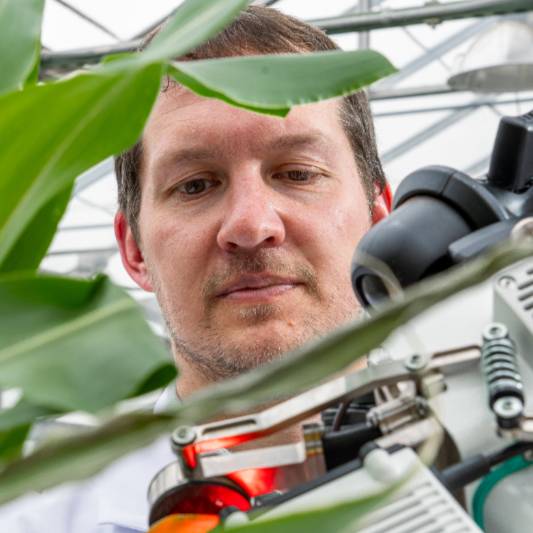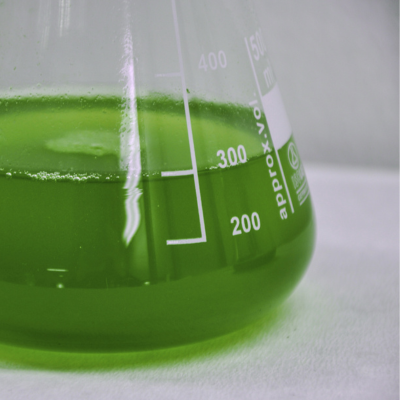PRL launches inaugural Summer Research Experience

Courtesy image
This summer, the MSU-DOE Plant Research Laboratory, or PRL, kicked off its Summer Research Experience, a program designed to bring students to Michigan State University’s campus and participate in plant research.
This program is a collaboration with Eastern Michigan University, or EMU. MSU houses students for eight weeks to work on a research project in a PRL lab. This program was made possible by funding support from the Department of Energy.
The intention of the program is to recruit underrepresented minority or underprivileged students to participate, with the goal of encouraging them to pursue careers in the plant sciences.
“We hope to have a cohort of several students next year so that they can build camaraderie through their experiences,” said Sarah Stainbrook, postdoctoral researcher at the PRL and the organizer of this program.
Kelsie Montroy was the first student to participate in this program. She is studying biology at EMU and is expected to graduate in December 2024. Montroy works in the Liepman lab at EMU, which studies plant cell walls and photorespiration. Professor Aaron Liepman, former PRL postdoctoral researcher, was the one to suggest this program to Montroy.
Montroy spent the summer in Berkley Walker’s lab and attending weekly seminars with the Plant Genomics @ MSU REU program. At the end of the summer, she presented her research at the 2024 Mid-Michigan Symposium for Undergraduate Research Experiences, or Mid-SURE.
The work Montroy did in the Walker lab will be built on work in Liepman’s lab, fostering continuing research collaborations between the universities.
In the following piece, Kelsie Montroy discusses her experience at the Plant Research Laboratory this summer.

Courtesy image
What did you study while at Michigan State this summer?
My project focused on developing a protocol for the isolation of peroxisomes from garden pea leaf tissue. This effort laid the framework for a larger project, which aims to characterize the assembly of multi-protein complexes located in the peroxisome and associated with the photorespiration pathway.
What was the most interesting or important thing you learned?
The most interesting thing that I learned during my time at MSU is just how many fields of research there are. During the MID-SURE symposium, where the undergraduate researchers presented their work, I was able to see all the different kinds of topics and disciplines that my peers studied over the summer. I was amazed at how many different and helpful things people studied just in the realm of plant sciences.
What was the atmosphere like in the lab?
I felt incredibly supported and uplifted by every person in my lab. I worked most closely with Ludmila Roze, but also worked a bit with Emily Stringham. They were incredibly helpful and encouraging. Not to mention, if I needed help with something outside of their skill sets, everybody in the lab was willing to lend their skills. Berkley Walker also gave me great guidance on scientific writing, applying to graduate school and navigating the world of science.
Why might you recommend this program to your peers?
I would recommend this program to my peers with interest in plant sciences because of the sheer size and status of the program at MSU. It is excellent. Also, I found this experience to be incredibly helpful in learning about the grad school application process, and the various career fields in plant science. We attended multiple seminars with speakers from various stages in their career, who were incredibly helpful.
Funding for this program was provided by the MSU-DOE Plant Research Laboratory, with supplemental funding from the Department of Energy, grant number DE-FG02-91ER20021.



